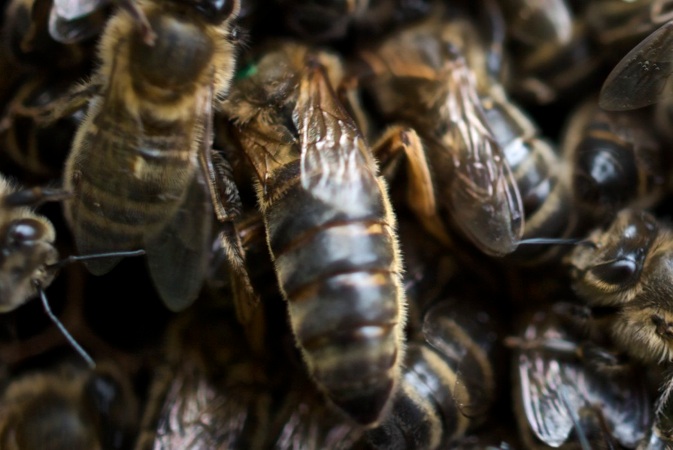
Exclusive: Bees facing a poisoned spring
New kind of pesticide, widely used in UK, may be helping to kill off the world’s honeybees
By Michael McCarthy, Environment Editor
A new generation of pesticides is making honeybees far more susceptible to disease, even at tiny doses, and may be a clue to the mysterious colony collapse disorder that has devastated bees across the world, the US government’s leading bee researcher has found. Yet the discovery has remained unpublished for nearly two years since it was made by the US Department of Agriculture’s Bee Research Laboratory.
The release of such a finding from the American government’s own bee lab would put a major question mark over the use of neonicotinoid insecticides – relatively new compounds which mimic the insect-killing properties of nicotine, and which are increasingly used on crops in the US, Britain and around the world.
Bayer, the German chemicals giant which developed the insecticides and makes most of them, insists that they are safe for bees if used properly, but they have already been widely linked to bee mortality. The US findings raise questions about the substance used in the bee lab’s experiment, imidacloprid, which was Bayer’s top-selling insecticide in 2009, earning the company £510m. The worry is that neonicotinoids, which are neurotoxins – that is, they attack the central nervous system – are also “systemic”, meaning they are taken up into every part of the plant which is treated with them, including the pollen and nectar. This means that bees and other pollinating insects can absorb them and carry them back to their hives or nests – even if they are not the insecticide’s target species.
Independent article continues
The Independent has a further good article on honeybees. Having discussed neonicotinoids with my Scientific Advisor we were wondering whether these neurotoxins – since they are systemic – remain in plant produce to affect humans. Logically, that would have to be the case…
27/11/13 Having received a takedown notice from the Independent newspaper for a different posting, I have reviewed this article which links to an article at the Independent’s website in order to attempt to ensure conformance with copyright laws.
I consider this posting to comply with copyright laws since
a. Only a small portion of the original article has been quoted satisfying the fair use criteria, and / or
b. This posting satisfies the requirements of a derivative work.
Please be assured that this blog is a non-commercial blog (weblog) which does not feature advertising and has not ever produced any income.
dizzy